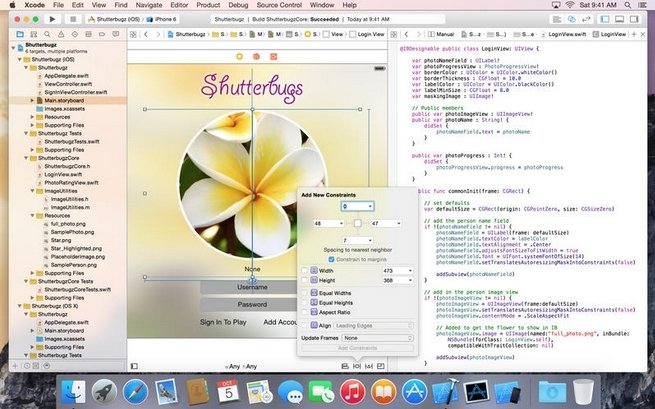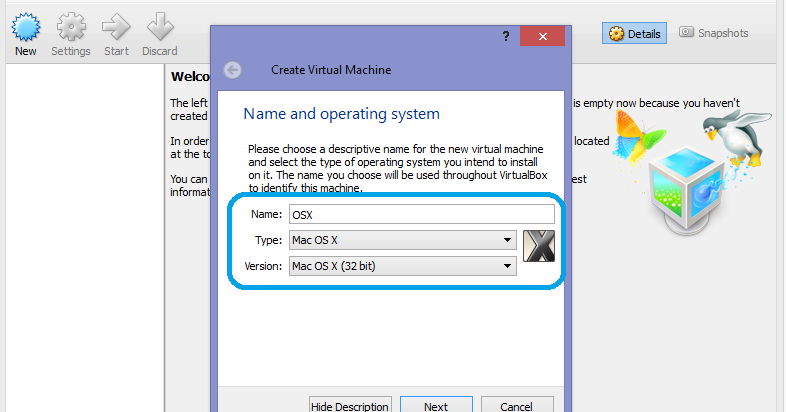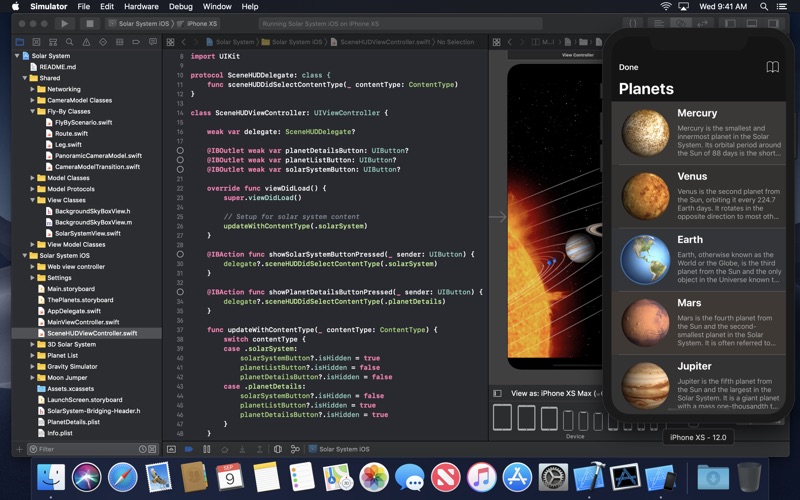

You can build those view controllers with Interface Builder (see below).Ĭoding a UI with code is novel and exciting, but it’s also slated to be more productive. Up to this point, you’d create a Storyboard-based view controller to show anything on screen in your iOS app. The above code declares a view, which will put that well-known Hello worl! text on screen. It’s the new way to build UIs – and it changes how we think about building User Interfaces for iOS apps.Īn exciting aspect of SwiftUI is that you can use Swift programming to build User Interfaces. With SwiftUI, you can declare the User Interfaces (UIs) of your iOS apps, and their behavior. Throughout the year, a number of smaller updates to Xcode are made, including updates for Swift.Ī notable newcomer in Xcode is SwiftUI. Every update of Xcode brings improvements, new features, bug fixes, and access to the latest SDKs.

Xcode is upgraded once a year, around Sept-Oct, at the same time the new major version of iOS is released. On top of that, Xcode will store SDKs, debug symbols, “derived data”, iPhone Simulator files, and more. †: Xcode takes up a lot of storage, but the basic install is 8 GB. With this approach, you can also figure out for which iOS versions you’ll be able to build. latest version of Xcode that your Mac can run, by cross-referencing the min macOS to run in this wiki with Hardware compatibility in this wiki. The next step in this tutorial, is installing Xcode.

A few alternatives for Windows/PC are available, but they’re far from ideal. Xcode only runs on macOS, which means you need a Mac if you want to build iOS apps with Xcode. I’m currently working on a 2018 MacBook Pro, but I’ve worked happily with a 2013 MacBook Air up to 2018.A 2013-2015 or newer Mac, MacBook, iMac or Mac mini.

A few examples are: a debugger, source control, device management, iPhone Simulator, profiling tools, Interface Builder, documentation, and much more. Xcode is an IDE, an Integrated Development Environment, which essentially means that Xcode includes many additional tools for development. You use Swift programming, and the many tools inside Xcode, to build applications for iPhone, iPad, Mac, Apple TV, and more. Xcode is the Mac app that you use to build apps for iOS, macOS, tvOS and watchOS.


 0 kommentar(er)
0 kommentar(er)
